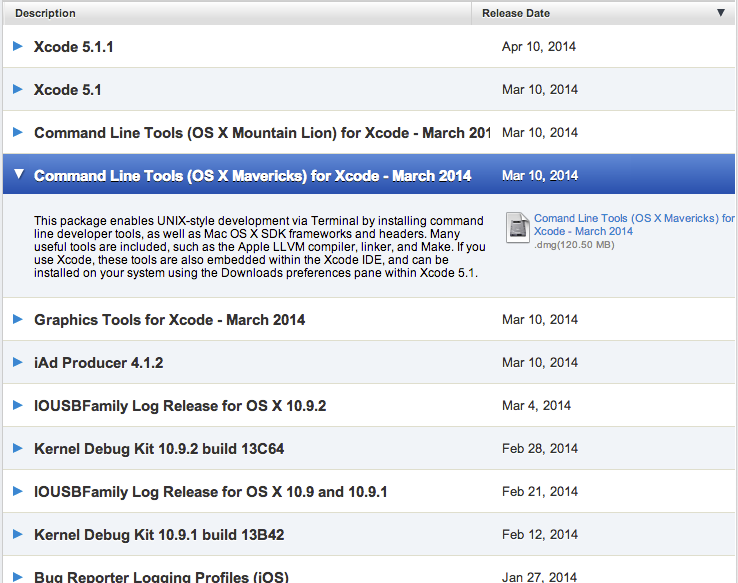
This is the recommended version of the Functions runtime and Core Tools. This version supports Windows, macOS, and Linux, and uses platform-specific package managers or npm for installation. Supports version 4.x of the Functions runtime. The version you use depends on your local development environment, choice of language, and level of support required.Ĭhoose one of the following version tabs to learn about each specific version and for detailed installation instructions: There are four versions of Azure Functions Core Tools. NET SDK is used by Core Tools to install extensions from NuGet. Install extensions: To manually install extensions by using Core Tools, you must have the. This means that you must install one of these tools to be able to publish to Azure from Azure Functions Core Tools. Publish: Core Tools currently depends on either the Azure CLI or Azure PowerShell for authenticating with your Azure account. The specific prerequisites for Core Tools depend on the features you plan to use: Create a function from a trigger and language-specific template.Register trigger and binding extensions.Create a function app project from a language-specific template.Install the Core Tools and dependencies.There are two possible approaches for building CMake from a source tree. The Download page provides source releases. One may alternatively download and build CMake from source. There are pre-compiled binaries available on the Download page for some UNIX platforms. One may alternatively download and build CMake from source as in the following section. Applications/CMake.app/Contents/bin) to the PATH. Or, one may manually add the install directory (e.g. After copying CMake.app into /Applications (or a custom location), run it and follow the “How to Install For Command Line Use” menu item for instructions to make the command-line tools (e.g. There are pre-compiled binaries available on the Download page for macOS as disk images and tarballs. Typically this means selecting CMake as the Source directory and then selecting a binary directory for the resulting executables.

Once the binary is installed, run it on CMake as you would any other project. In order to build CMake from a source tree on Windows, you must first install the latest binary version of CMake because it is used for building the source tree. The Download page also provides source releases. C:\Program Files\CMake\bin) to the PATH in a command prompt. If that is not selected during installation, one may manually add the install directory (e.g. The Windows installer has an option to modify the system PATH environment variable. There are pre-compiled binaries available on the Download page for Windows as MSI packages and ZIP files. There are several ways to install CMake, depending on your platform.


 0 kommentar(er)
0 kommentar(er)
